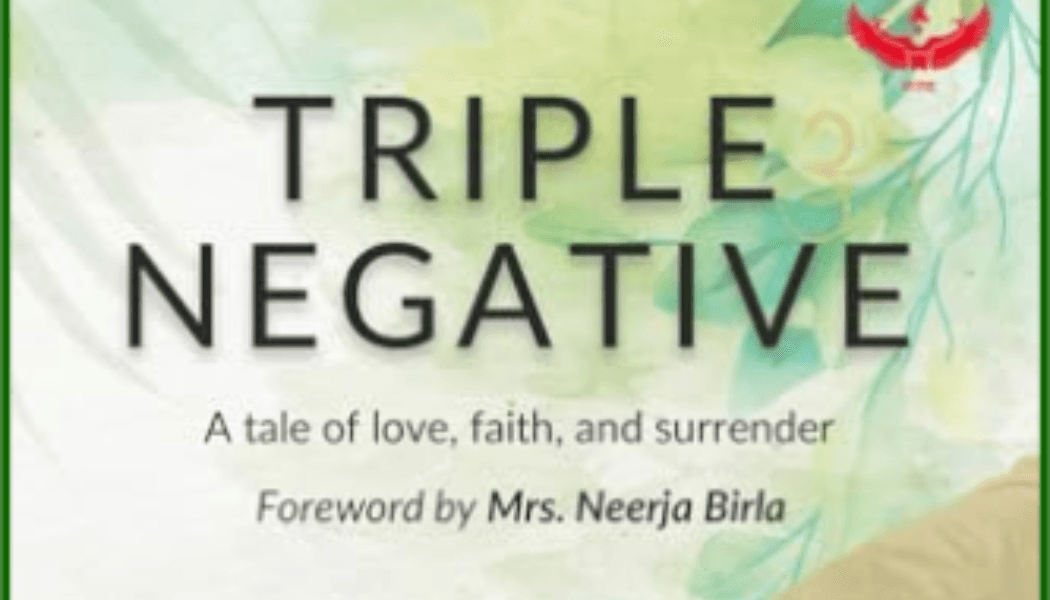Hiya writers,
VR aka Robo has shared last week about the basic structure of a story. This week we are going to discuss something that occurs before writing the story.
Yes, some of you have asked how to plot the story, and how to think out of the box. Now, these questions do not, in reality, have any standard answers. The simple reason being each of us is different, and the way we think and execute our thoughts is different.
But, there a few things we could do to try and generate unique plot ideas for stories. We have to understand that unique is a relative term. What you find unique may be quite common or cliché or even stupid to others and vice versa.
Start from the beginning
It can be frustrating when things appear vague and hazy in our minds. To be able to focus on a string of thoughts becomes almost impossible. The best thing to do in such instances is to take a break. Step away and stop thinking about the story, the prompt, and the plot.
Relax, read something you like, listen to your favorite song, or just sleep. Once you feel better, go back to the starting point. Don’t try to pick your thoughts on random. Read the prompt again. Write it down (if it helps), and separate the elements of the prompt.
Ex: Retell an epic love story and set it in the modern era. Give it a twist or change the ending. Do something unique to refresh the tale.
So what do you do here? Start with the basic point. Pick a story you want to retell. Use Google to list out some epic love stories. If you already have one in mind, let’s move on. If not, read the gist of the stories and pick one that attracts you. It is advisable to go with something you’ve read before (unless you have time and access to the original version).
- Now that you have a story you want to rewrite, focus on the next element of the prompt. Set it in the modern era (21st century). The question here is, can the story you picked be tweaked to work in today’s world. If it includes too many fantasy elements, will you be able to work around them and make your story believable?
- If your answer is, yes, very good. Time to take another step. If your answer is, no, go back to step 1. Now select a story that is flexible enough for you. Of course, if you are looking for a challenge, take the plunge.
- Now, what? Another how do you plan to change the story? It still has to be a love story so we cannot murder anybody (not unless you want to turn a HEA story into a tragedy). Here comes the tricky part. Suppose you do not know what your fellow competitors are choosing, you will always have the risk of writing something similar to another’s work. Avoid thinking about it at this stage. You will only mess up the whole thing.
- It is now time to start making notes. Write them on paper, type into an app, or anything that works for you. Have a copy saved so that you can refer to it.
- List the primary points- Story you chose, the due date, the word limit, and the genre. Write the basic outline of the existing story in your words (or draw a flowchart). One way to make your story unique is to go for a genre that is usually not expected for the prompt. (Here in the example, the genre is fixed), but otherwise-
-
-
- What is the first genre that comes to your mind?
- What is the genre that is not associated with the theme?
- What exactly do you want your readers to feel? (Awe, doubt, question, happy, sad, confusion, anger, hatred, disgust, etc.) Which emotion do you want to invoke?
-
- Ask questions- What happens? (This is your plot).
What does it mean? (This is your theme).
- What are the key components that will move the story forward? Hatred, jealousy, misunderstandings, adventure, the lure of money, passion, fame, success, etc., and the positive elements such as compassion.
- Pick the elements you want to use in your story and list them separately. Now, see how you want to deal with them. Ask yourself why you pick an element and how it would help develop the plot. Write the random words/ phrases that your brain throws at you.
Here you can start listing out the various possibilities of events that would take place in the story. This will help you in diversifying your plotline as much as possible.
- Ex: Lovers fight- why? (past issues, infidelity (whom), another entry, parents’ involvement, friends’ involvement, jealousy, miscommunication, etc.)
- Take a break again. It’s time to stop thinking about your story. Let it sit and marinate for a few hours while you get on with your life.
- Make note of any random thought that pops up. Never trust your brain to remember it for you (personal experience).
- Come back to your project and read it from first. Your brain is tuned to suggest alternatives or point loopholes. Make changes as you read (don’t scratch/ delete the original version (another personal experience)).
- By now, you will have what looks like a piece of nonsense (no kidding). Take a fresh sheet and write down the key points.
- Story
- Theme
- How to begin the story
- Elements included
- Where the elements will be used
- How they will be used
- How they will be solved
- How you will conclude.
- It’s absolutely fine if you do not have answers to all the above questions. Stories don’t listen to us, anyway.
- Some of us having starting trouble. We don’t know how to start the story. Do we start with action, description, setting, or conflict? Anything works. Pick an element based on the word count or your strength. Remember the opening lines have to hook the readers.
- Continue writing until your fingers move. The instant you start wondering what to do next, take a break. Forcing your brain to cooperate will have adverse results.
- Experts say leaving a scene midway helps pick up the story easier the next time sit down to write. Starting with a new scene is tougher than continuing one. Why not give it a try?
Finally, if nothing works, use outside help. There is nothing wrong with taking help from the internet. Do some writing exercises or use plot generators. Just google the term plot generator. You will see a list of websites that will help with generating random storylines. No doubt some of the storylines are absurd and stupid. They will still make you think.
Moreover, as you enter the information required to generate a plot, you will automatically come up with some ideas of your own. The most important thing here is to not stress too much about whether you are following the right method of plotting and planning. Anything that works for us is right.
***
Photo By: Pixabay



